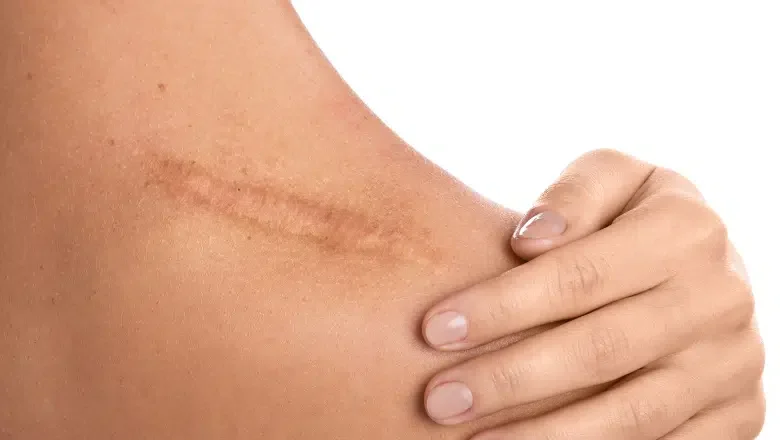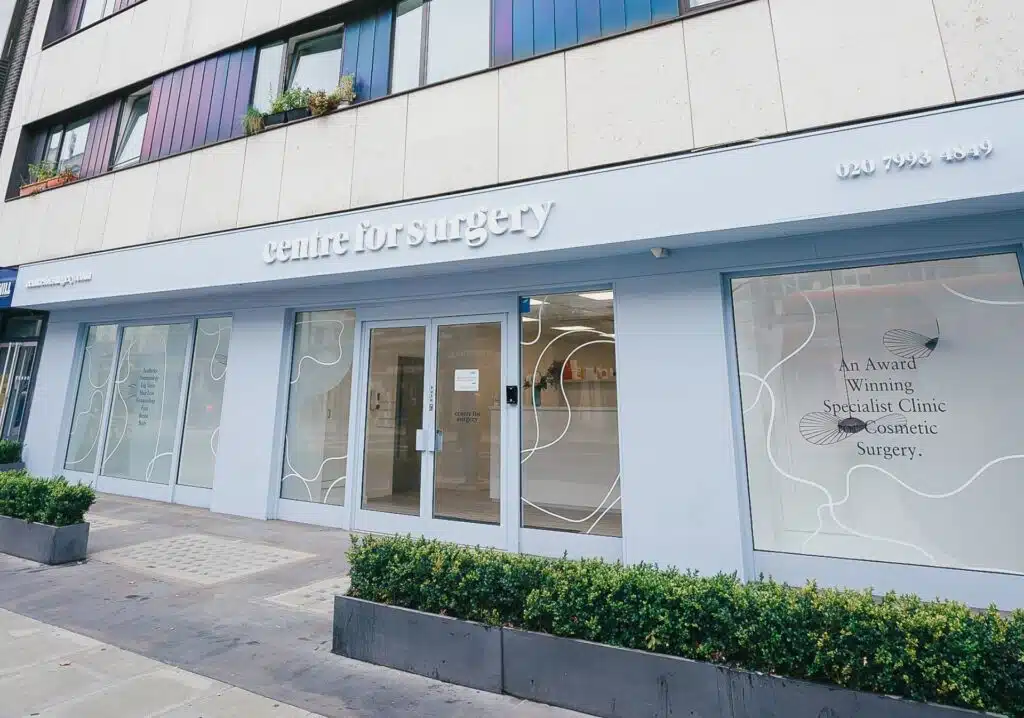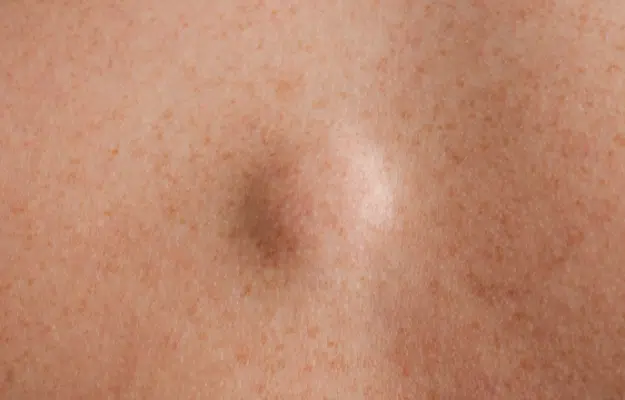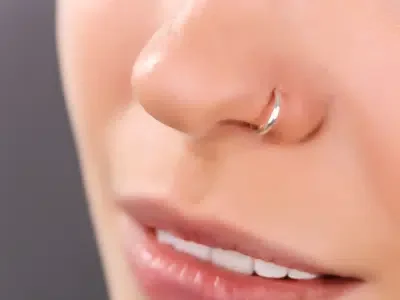If you’ve ever undergone a surgical procedure or been involved in an incident involving cuts and incisions, chances are you will have a scar. This is because the skin naturally tries to heal and repair itself.
However, you may not be aware that there are various types of scars.
Fine-line scars
This is your generic scar, which occurs after you’ve had an incision or cut the skin. When the scar is new, it can appear red and raised. However, with time, this type of scar will fade in colour and shrink in size. Depending on the size of the scar and your own skin, this may take up to two years to occur. This scar will not completely disappear but will become less prominent with time.
Keloid scar
When too much collagen is produced at the site of the incision, too much tissue will be produced, and a keloid scar will occur. This can often appear large and unsightly and will continue to grow once the incision is healed. When a keloid scar is new, it may appear red or purple but will fade to a lighter colour with time. Keloid scars can often cause problems with restricting movement if the scar is near a joint. This type of scar will most commonly occur in those who have darker skin.
Hypertrophic scar
A hypertrophic scar is very similar to a keloid scar in that too much collagen production causes excess tissue. However, unlike a keloid scar, the scar will not exceed the size of the original wound. The hypertrophic scar will initially appear red and raised before becoming paler and flatter.
Atrophic scar
This is the opposite of a hypertrophic scar. Rather than a scar that is large and protrudes from the wound, an atrophic scar will generally have an indentation.
Contracture scar
If your skin has been burnt, you may experience a contracture scar. This happens when the skin shrinks, causing it to tighten. This can restrict your movements. If the contracture scar is deep, it may also affect tissue and muscle.
Pitted or sunken scars
Some skin conditions such as chicken pox or acne can cause pitted or sunken scars in the skin. Pitted scars can also be caused because of a lack of underlying fat as a result of an injury.
Scar treatment
Fortunately, if you do not like the appearance of your scar or it is causing physical movement problems, you can undergo scar revision surgery. While this cannot fully remove the scar, it can improve its aesthetic appearance. This is particularly appealing to those who have large scars which result from trauma or emergency surgery, such as a C-Section or appendix removal, to name a few.
There is a large range of scar treatment options available. The type of treatment you choose will vary depending on the type of scar you have, the outcome you are aiming for, whether or not you want to undergo a surgical procedure, or whether other options have not worked previously.
Scar treatments include:
Surgical options
- Scar revision surgery
- Dermabrasion
- W-Plasty
- Tissue expansion
- Excisions
- Skin grafting
Fat transfer
- Fat grafting
- Lipo-dermal grafts
- Microsurgical fat grafting
Non-surgical treatments
- Laser treatment
- Steroid injections
- Microdermabrasion
- Chemical skin peels
If you undertake a surgical scar treatment, you may experience some slight pain and discomfort after the procedure. You may wish to take pain medication to help manage any symptoms. You may take at least one week off work to fully recover. You will have to avoid strenuous physical activity for up to six weeks to avoid any injury to the new scar. You must take care of the new scar and avoid excessive sun exposure by wearing sunscreen or clothing which covers the scar.
Are you interested in scar treatment? Centre for Surgery offers a range of surgical and non-surgical scar treatment options. Contact us today to find out more or to book a consultation with one of our surgeons.










